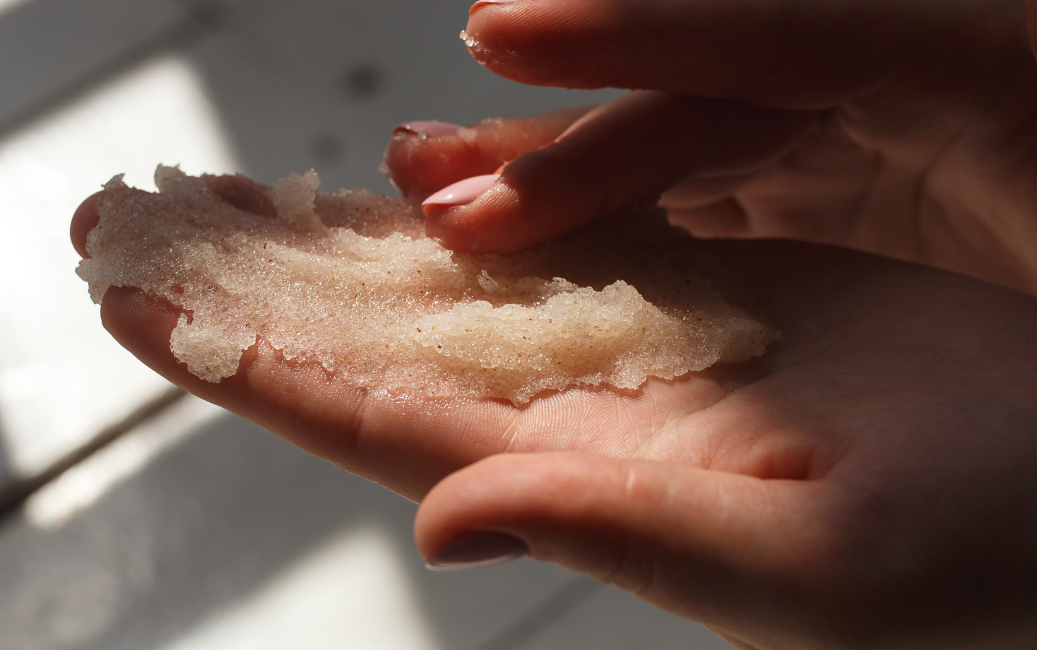Which enzyme scrub should I choose?


Wondering which peeling to choose this summer? Skincare – for both the face and body – can vary depending on the season, and the pleasantly warm summer days often mean dealing with dead skin, usually caused by improper tanning.
Dry skin is a concern for many of us – those who wear makeup daily know very well that when the skin is dry and tired, even the best makeup won't last. Fortunately, at such times, various peelings come to our rescue – which one should you choose to enjoy beautiful skin?
What does peeling do?
When deciding to use a peeling – aimed at removing dead skin cells from the surface – it’s important to remember that it should not be part of your daily skincare routine, but rather used as occasional support (when your skin needs deep cleansing and smoothing). Those who regularly use peelings, usually notice after just a few home treatments that their skin looks much better and feels smooth and naturally radiant.
How often should you use peeling?
The recommended frequency for using this type of product is 2-3 times a week (for oily skin) and 1-2 times (for dry or normal skin). It's also important to choose a specific peeling according to your skin's needs – for example, opting for a richer, moisturizing formula when you want extra hydration. Additionally, if you have acne-prone areas or pustules on your face or body, you should avoid these areas as peeling can cause the spread of breakouts.
View this post on Instagram
What is an enzymatic peeling?
Recently, enzymatic peeling has gained popularity – and for good reason! – as it is considered gentler and less irritating than standard grainy peeling. Enzymatic peeling, like mechanical peeling, removes dead skin cells, refreshing and oxygenating the complexion. However, its action is based on its formula rather than exfoliating beads – such as salt or sugar crystals. It reduces the visibility of pores, eliminates unwanted blackheads, and leaves the skin smooth and clean. Enzymatic peeling is a "must-have" for many of us – even in summer!
How does enzymatic peeling work?
By applying the product to the skin of the face and body – at least a few hours after sunbathing – you ensure a clean, pleasant-to-touch complexion. However, remember not to apply the peeling immediately after tanning – it's much better to wait a while to let the skin recover (in the meantime, it’s useful to use various soothing and cooling products). Enzymatic facial peeling is also a proven way to ensure that subsequent skincare steps (like day cream or serum) absorb more effectively, allowing the active ingredients to work even better on our skin!
View this post on Instagram
If your skin tends to get irritated, is sensitive and delicate, turns red quickly (for example, from the wind), and you spend a lot of time choosing gentle, non-allergenic care products… a subtly working enzymatic peeling will be a perfect choice! Its composition – compared to grainy peeling – mainly differs by the absence of exfoliating particles (which means that its entire formula is based on the participation of enzymes, and it is they that provide the effect of clean, brightened skin!). Interestingly, the consistency of enzymatic peeling usually resembles a light day cream – therefore, the sensation during a home treatment may also be somewhat different from that of mechanical peeling (which is generally more noticeable on the skin of the face or body).




